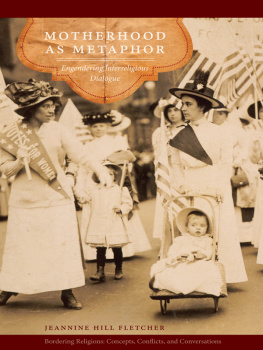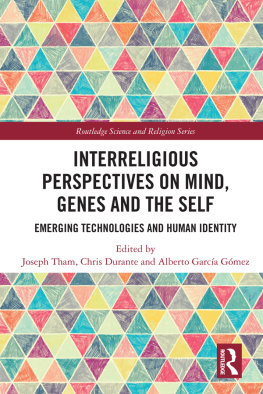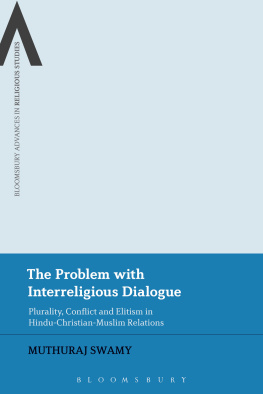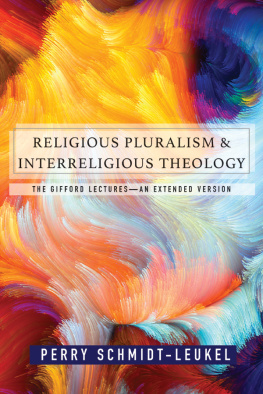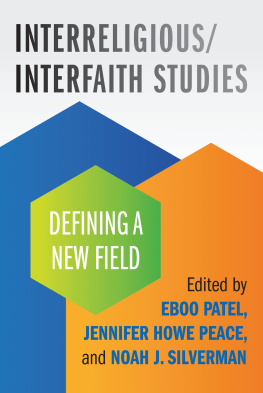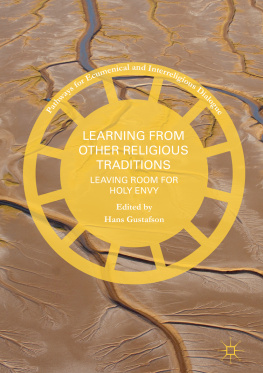Anna Körs - Religious Diversity and Interreligious Dialogue
Here you can read online Anna Körs - Religious Diversity and Interreligious Dialogue full text of the book (entire story) in english for free. Download pdf and epub, get meaning, cover and reviews about this ebook. year: 2020, publisher: Springer International Publishing, genre: Religion. Description of the work, (preface) as well as reviews are available. Best literature library LitArk.com created for fans of good reading and offers a wide selection of genres:
Romance novel
Science fiction
Adventure
Detective
Science
History
Home and family
Prose
Art
Politics
Computer
Non-fiction
Religion
Business
Children
Humor
Choose a favorite category and find really read worthwhile books. Enjoy immersion in the world of imagination, feel the emotions of the characters or learn something new for yourself, make an fascinating discovery.
- Book:Religious Diversity and Interreligious Dialogue
- Author:
- Publisher:Springer International Publishing
- Genre:
- Year:2020
- Rating:3 / 5
- Favourites:Add to favourites
- Your mark:
- 60
- 1
- 2
- 3
- 4
- 5
Religious Diversity and Interreligious Dialogue: summary, description and annotation
We offer to read an annotation, description, summary or preface (depends on what the author of the book "Religious Diversity and Interreligious Dialogue" wrote himself). If you haven't found the necessary information about the book — write in the comments, we will try to find it.
Anna Körs: author's other books
Who wrote Religious Diversity and Interreligious Dialogue? Find out the surname, the name of the author of the book and a list of all author's works by series.
Religious Diversity and Interreligious Dialogue — read online for free the complete book (whole text) full work
Below is the text of the book, divided by pages. System saving the place of the last page read, allows you to conveniently read the book "Religious Diversity and Interreligious Dialogue" online for free, without having to search again every time where you left off. Put a bookmark, and you can go to the page where you finished reading at any time.
Font size:
Interval:
Bookmark:
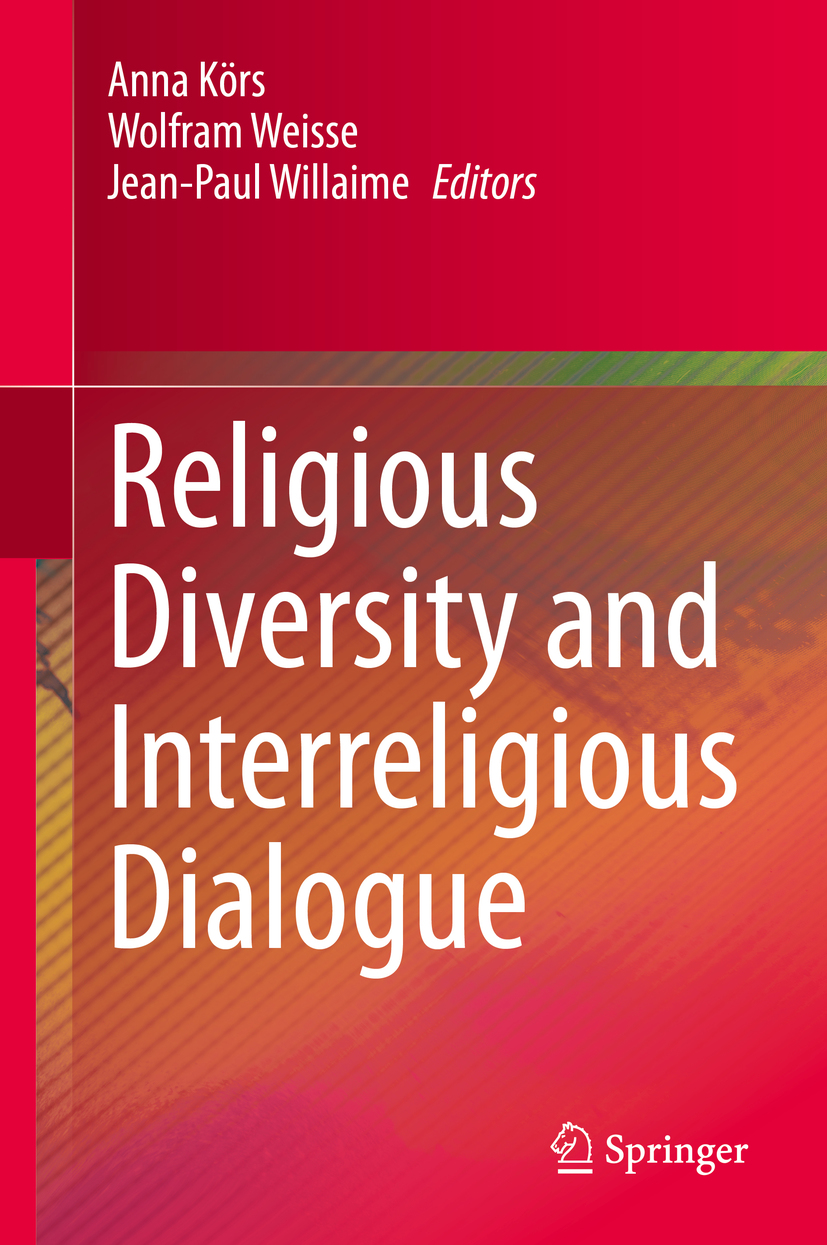

This Springer imprint is published by the registered company Springer Nature Switzerland AG.
The registered company address is: Gewerbestrasse 11, 6330 Cham, Switzerland
The diversity of religious life in Germany today is unprecedented. Thanks in part to the immigration of recent decades, there are now over 150 religious groups and communities with at least 1000 members.Discussions in this field have gained a new momentum since 2015 in view of the arrival of a high number of refugees in the country.
I see a close connection between religion and social cohesion. In the first place, religion is always a personal and private matter for every one of us. However, religious faith is a strong motivation for many people to engage in society as a whole and across religious borders: spending time with the elderly, organizing recreational activities for the youth, helping those without homes and documents, or supporting refugees on a day-to-day basis these are all examples of the important types of engagement that also derive from religious belief. As Commissioner for Integration, I also strongly promoted the projects of religious organizations which have a very good access to our society: for instance, I supported a project run by Caritas (Catholic Church), Diakonisches Werk (Protestant Church), and the central welfare office of Jews in Germany. This aims for the better qualification and networking of volunteer refugee supporters. Since many mosques immediately opened their doors for refugees in 2015, I also supported Muslim communities in their volunteer work for refugees. I hope their cooperation with all other welfare organizations will also continue to develop over the next years.
Religious communities are important actors of civil society in terms of social commitment and networking
Individual religiousness positively influences the trust in fellow men and social cohesion
That is the good news. Of course, there is a downside to all this: Without doubt there are conflict lines within our society which are more or less plausibly explained by religious motivation this especially concerns reservations, for example, about Islam.
When looking at the debates about religion in Germany, it is important to point out that the right to religious practice is embedded in the German Constitution as part of the right to religious freedom according to Article 4. Hence, individuals have the right to religious symbols, traditions, and practice. Religious freedom, like any other basic right of the constitution, is limited where it collides with the core value of human dignity or with the basic rights of others or if it is misused. Religious freedom has to bear this tension, and this causes numerous social debates on Christian and Jewish religious rules and customs and, time and again, on everyday questions regarding Muslims and Islam: Are women who wear headscarves able to fully participate in society or at work with full rights and without any prejudices against them? Do we allow the Halal form of butchering? Do we have to ban pork from canteen menus? How do we deal with parents who refuse to allow their daughters to participate in swimming or sports lessons for alleged religious reasons?
We have been fiercely discussing these questions in Germany for many years, and sadly not always in a fair way. The dispute over the headscarf and the verdict of the Federal Constitutional Court in 2003 provide a good example. The question back then was whether a prospective teacher of Islamic faith at a state school should be barred from teaching in case she intended to wear a religiously motivated headscarf in class. During the political debate that sprang up around the trial, all kinds of arguments were produced in order to underline why a headscarf should not be accepted in class under any circumstance. Examples of these were as follows: As a Muslim symbol, a headscarf is incompatible with German tradition, in contrast, for example, to the crucifix; the headscarf is a sign of the suppression of women the German women rights movement had not fought over decades to end up with that; they saw the headscarf as symbolizing the Islamization of Europe.
What the affected women with headscarves or their students had to say about this topic seemed rather irrelevant. Also seemingly irrelevant was the fact that the state should stay neutral in such questions and treat all religions equally. In the end, the Federal Constitutional Court pronounced a judgment saying that all Federal States would have to develop their own underlying laws for a potential ban of headscarves. In a later trial, the court rendered its verdict more precisely and stated that an overall ban would discriminate against women with headscarves and that the different Federal State laws should provide for the equal treatment of all religions. This verdict is seen as a chance to force all states to agree fairly on the role of religion in the public sphere.
The amount of work still to be done is clearly shown by the absurd discussion about a potential ban on burkas. Obviously, burkas are detestable and prisons made of fabric for the women who have to wear them. All Islamic scholars object to their use. The burka is not an Islamic piece of clothing. Despite the fact that there is hardly any woman in Germany who wears a burka, in this time of high refugee numbers and of populist debates about the Islamization of the West, it is regarded by many as a core threat to our free democratic order. At the same time, even a general burka-ban in public might probably be incompatible with our Constitution since everyone has the right to dress the way they want to. Thus, a law that one party, the CSU of Bavaria, was pushing for had to be restricted to a ban on the wearing of the veil in public services. Therefore, judges, state attorneys, or employees in the federal administration are now forbidden to wear a veil if anyone of them ever had the intention of doing so.
Font size:
Interval:
Bookmark:
Similar books «Religious Diversity and Interreligious Dialogue»
Look at similar books to Religious Diversity and Interreligious Dialogue. We have selected literature similar in name and meaning in the hope of providing readers with more options to find new, interesting, not yet read works.
Discussion, reviews of the book Religious Diversity and Interreligious Dialogue and just readers' own opinions. Leave your comments, write what you think about the work, its meaning or the main characters. Specify what exactly you liked and what you didn't like, and why you think so.




